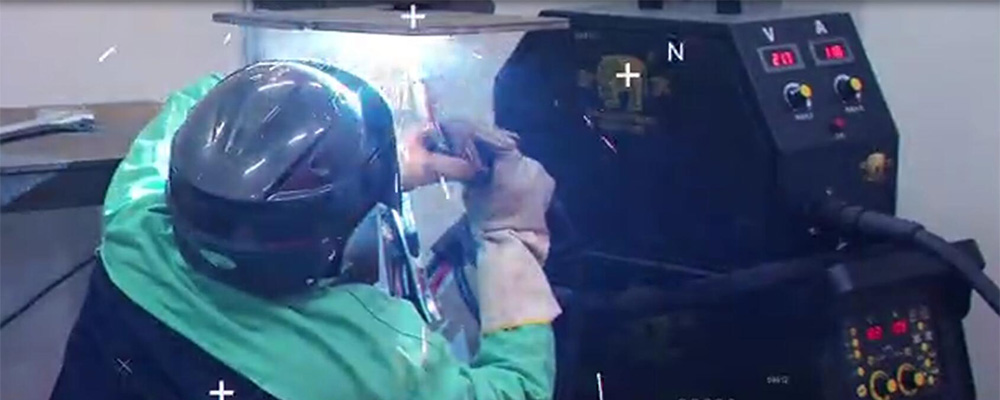Causes Of Stomata In Submerged Arc Welding
The main defects that may occur during submerged arc welding are not only insufficient penetration, burn-through, and poor forming due to improper welding process parameters, but also pores, cracks, slag inclusions, and the like. Today, sharing the main causes of stomata and the main preventive measures are the basic knowledge that you need to master.
1. The flux absorbs moisture or is not clean. Moisture, dirt, and iron oxides in the flux can cause pores in the weld, which is more prominent in recycled flux. The best way to prevent the flux from absorbing moisture is to properly store and store the vacuum flux. The collector can effectively separate the flux and dust, thus reducing the possibility of recycled pores in the use of recycled flux.

2. Insufficient flux coverage during soldering. Air holes are caused by the arc being exposed and entrained in the air. This phenomenon is prone to occur when welding ring seams, especially small diameter ring seams, and appropriate measures should be taken to prevent flux from scattering.
3. The slag viscosity is too large. The gas dissolved in the high temperature liquid metal during welding will overflow as a bubble during the cooling process. If the viscosity of the slag is too large, bubbles cannot pass through the slag and are blocked near the surface of the weld metal to cause pores. It can be solved by adjusting the chemical composition of the flux and changing the viscosity of the slag.
4. Arc magnetic blow. Arc magnetic blow-off often occurs during welding, especially when welding with direct current. Arc magnetic blow will cause air holes in the weld. The direction of magnetic partial blowing is affected by many factors. In order to reduce the influence of magnetic partial blowing, AC power should be used as much as possible; the connection position of the welding cable on the workpiece should be as far as possible away from the welding end; avoid some welding cables on the workpiece. Secondary magnetic field, etc.
5. The workpiece welding site is contaminated. Rust, oil or other contaminants in the weld bevel and its vicinity will generate a large amount of gas during welding, which will promote the formation of pores and should be removed before welding.
Contact Us
Please feel free to let us know your demand information, we will contact you as soon as possible, looking forward to cooperate with you!





